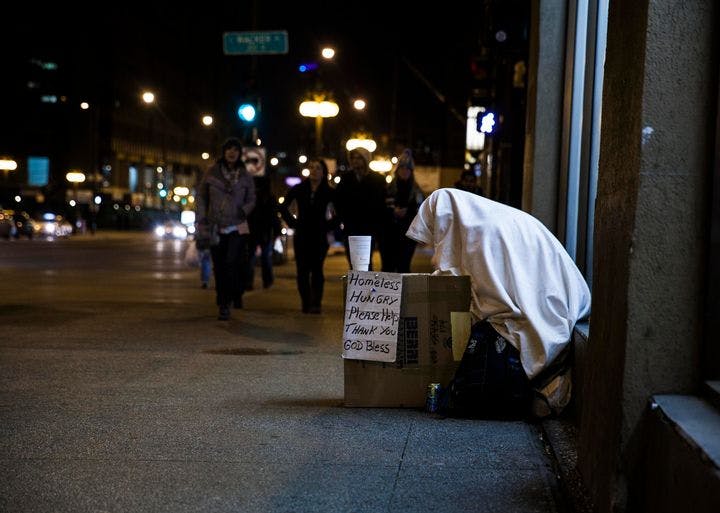Spring 2010
Catch-22
– The Wilson Quarterly
Homeless Chicagoans with a mental illness can access subsidized housing in only two weeks, where others have an average wait time of seven years. Why are there so few takers?
In Chicago, a seven-year wait confronts poor people hoping to move from homeless shelters to longer-term subsidized housing. Those judged psychotic, however, can make the move in only two weeks. Yet there are very few takers.
Stanford anthropologist T. M. Luhrmann tried to get behind the wall of mental illness to understand this mystery. She planted herself in the homeless shelters and drop-in centers of a tiny, two-to-three-block area with probably “the densest concentration of persons with serious psychotic disorder in the entire state of Illinois.” The women she met refused to get the paperwork signed certifying their diagnosis of a psychotic disorder. One woman, Zaney, insisted she was not crazy despite the fact that she heard “angry but nonexistent” voices. When Luhrmann suggested several times that she just “pretend” to be crazy in order to get an apartment, Zaney would shake her head. “I’m not that kind of person,” she’d say.
It’s not that Zaney is unable to reflect or think straight, Luhrmann writes, it’s that “crazy” means something different to her and the other women she met during her research—something akin to “weak.” They see psychosis as something that “arises when a woman is not strong enough to cope with the difficulties of homelessness,” and believe that “only those who give up the struggle to get out become flagrantly ill.” Refusing help is a “kind of signal.” It means: I am not crazy. I can survive on my own.
Luhrmann can see where these women are coming from. Many with severe psychosis are quite coherent and competent much of the time—they have to be, or they wouldn't survive on the street. It is a harsh world. “People in shelters say scathing, contemptuous things about each other and about people like themselves,” Luhrmann writes. The most psychotic women—“the ones who are visibly talking to people no one else can see, who gesture to the empty air”—are the most scorned of all.
What makes it all the more difficult for them to accept a diagnosis is that to them the consequences of turning a deaf ear to the voices are dire. “This is the terrible dilemma of madness,” Luhrmann writes, “that if you ignore the phenomena—if you tell yourself that the voices and the visions are twisted figments of your imagination—and you are wrong, the cost is very high, because the voices promise your own destruction.” The philosopher Blaise Pascal relied on the same logic when he became a Christian in the 17th century. “If he believed and he was wrong, he risked being a fool, but if he did not believe and he was wrong, he risked eternal damnation. He chose belief. We live, all of us, in the gray zone of interpretation, judging what in our world is truly real.”
Helping homeless people who are mentally ill, Luhrmann concludes, requires recognizing their reality. Some programs, such as one in New York City called Pathways to Housing, already do things differently. They don’t mention psychiatric diagnoses, simply assisting those who are “obviously eligible.” The casual screening seems to work—the program costs no more than conventional approaches.
* * *
The Source: "Down and Out in Chicago" by T. M. Luhrmann, in Raritan, Winter 2010.
Photo courtesy of Flickr/Daseul Kang
